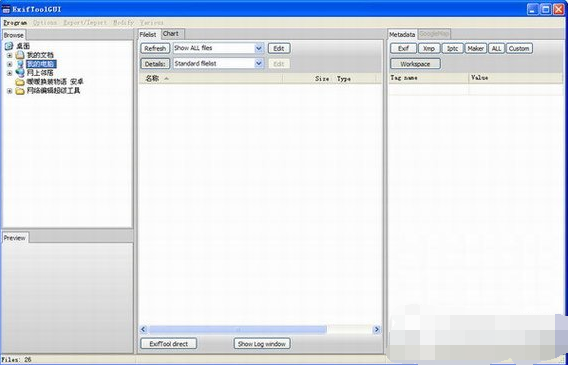

* The header contains the description of the structure It’s up to the user to find out the right substitute camera, and assume the disadvantages of this method for a lack of anything better.Ī digital photo file does not only contain the image, it also contains textual and mathematical data arranged in a specific format, the metadata.įor the explanation we have used an example photo in DNG format, but the disguise method can be applied to other image formats.Ī standardized photo file in DNG format is structured as follows: The result may be unsuitable, at worst unreadable. By making it believe that the photo from an incompatible device comes from a supported device, PhotoLab reads information and applies optimizations that do not necessarily correspond to the camera that created the photo PhotoLab is a sophisticated editor that uses the information contained in photos. We will see how to make Photolab believe it was taken with a compatible device by disguising the photo. The message states that it is the camera rather than the photo that is not supported. If this command is run under Unix/Mac/Powershell, reverse any double/single quotes to avoid shell variable interpretation.You were surely disappointed when reading this error message when opening a photo in Photolab. If on a Mac, the slower -overwrite_original_in_place option could be used to preserve any MDItem/XAttr data Add the -r ( -recurse) option to recurse into subdirectories. Add -overwrite_original option to suppress the creation of backup files. If you need to set the time to something different than what the filename is, then you would use this, adding the time zone if needed:Įxiftool "-CreateDate=2018:12:23 00:05:42" 20181223_000542.mp4 With the -api QuickTimeUTC option, exiftool will automatically adjust the time to UTC. Mac Finder will also correctly adjust from UTC. This is because the CreateDate tag for MP4 files is supposed to be UTC and Windows properties will read it as such. If not, you will have to add the time zone like this:Įxiftool -api QuickTimeUTC "-CreateDate<$-04:00" 20181223_000542.mp4 This will work correctly as long as the video was taken in the same time zone as the computer you are currently using. In that case you can simply use this command (see exiftool FAQ #5)Įxiftool -api QuickTimeUTC "-CreateDate For those that use Chocolatey, the Chocolatey exiftool package will add exiftool to the PATH and is a well maintained package There is also Oliver Betz's Alternative Exiftool build for Windows which includes an installer and is a bit more security friendly. First you will probably want to rename the exiftool(-k).exe to just exiftool.exe and place it someplace in your PATH (see install exiftool-Windows).


 0 kommentar(er)
0 kommentar(er)
